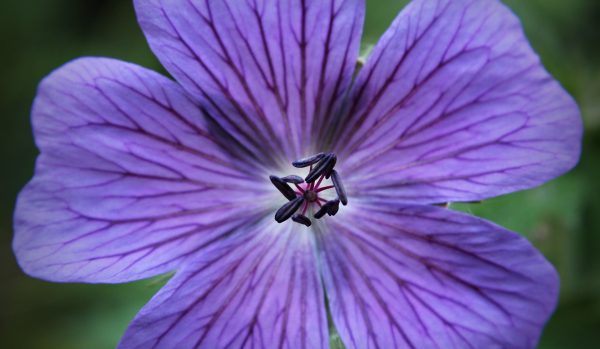Einsteigerguide: Was versteht man unter Schärfentiefe?
Der Fokus ist eines der wichtigsten Elemente einer erfolgreichen Fotografie. Es nützt nichts, eine atemberaubende Szene aufzunehmen, wenn das Motiv nicht scharf fokussiert. Sobald Sie die Grundlagen der Fokussierung bzgl. ihres Motivs beherrschen, ist die Kontrolle der Tiefenschärfe der nächste Schritt, um ihnen eine ganz neue Welt mit einer Vielzahl zusätzlicher Möglichkeiten zu eröffnen.

Die Schärfentiefe bezieht sich auf die Menge des Bildes, die sich in einem akzeptablen Schärfegrad befindet und hängt in erster Linie von der Blendeneinstellung ab. Als kreatives Werkzeug erlaubt es dem Fotografen, den Rahmen so zu „manipulieren“, dass Elemente mehr oder weniger sichtbar werden, als sie sonst in der Realität erscheinen würden. Eine große Blende sorgt z.B. für eine geringe Schärfentiefe, d.h. eine sehr kleine Brennebene und damit für einen kleinen Bildausschnitt.
Dies kann nützlich sein, um Hintergrunddetails oder unerwünschte Bereiche, die vom Motiv oder Brennpunkt entfernt sind, zu verwischen – z.B. in der Sport- oder Actionfotografie. Im Gegensatz dazu sorgt eine kleine Blende für eine tiefere Schärfentiefe, die mehr vom Bild im Fokus hält. Dies ist nützlich, um die meisten, wenn nicht sogar alle Bilder scharf zu halten – wie z.B. in der Landschaftsfotografie.
Welche Faktoren beeinflussen also ihre Kontrolle über die Tiefenschärfe, wie kann sie optimal genutzt und in der Postproduktion wiederhergestellt werden? Lassen Sie uns einen Blick darauf werfen….
Warum es funktioniert.

Wie Sie auf dem Bild oben sehen können, ist es möglich, mit dem richtigen Gang und der Blendenauswahl eine geringe Schärfentiefe zu erzeugen. In diesem Fall verwandelt sich das Bild vom Gewöhnlichen in etwas ganz anderes, ganz Erhabenes. Details werden in den Fokusbereichen angezeigt, in denen die Fokusebene durch diese Tiefenbereiche verläuft, obwohl dieses Detail schnell von beiden Seiten abfällt und einen angenehmen neutralen Hintergrund erzeugt.
Vielen Dank für ihren Besuch.


